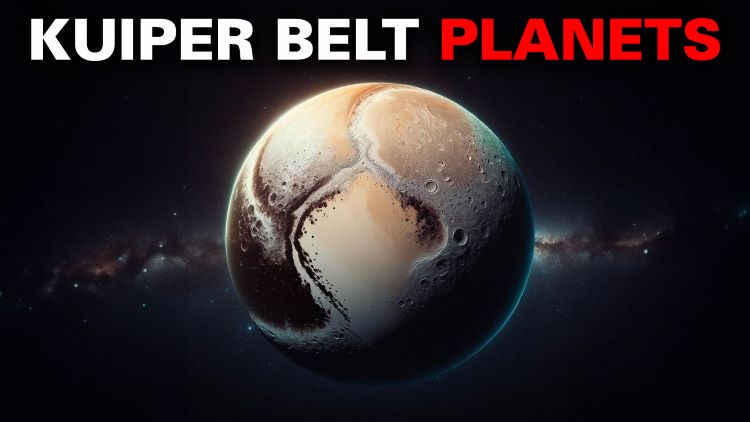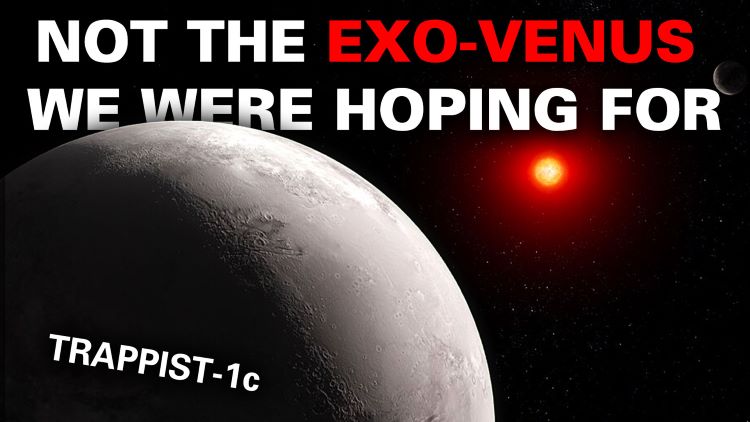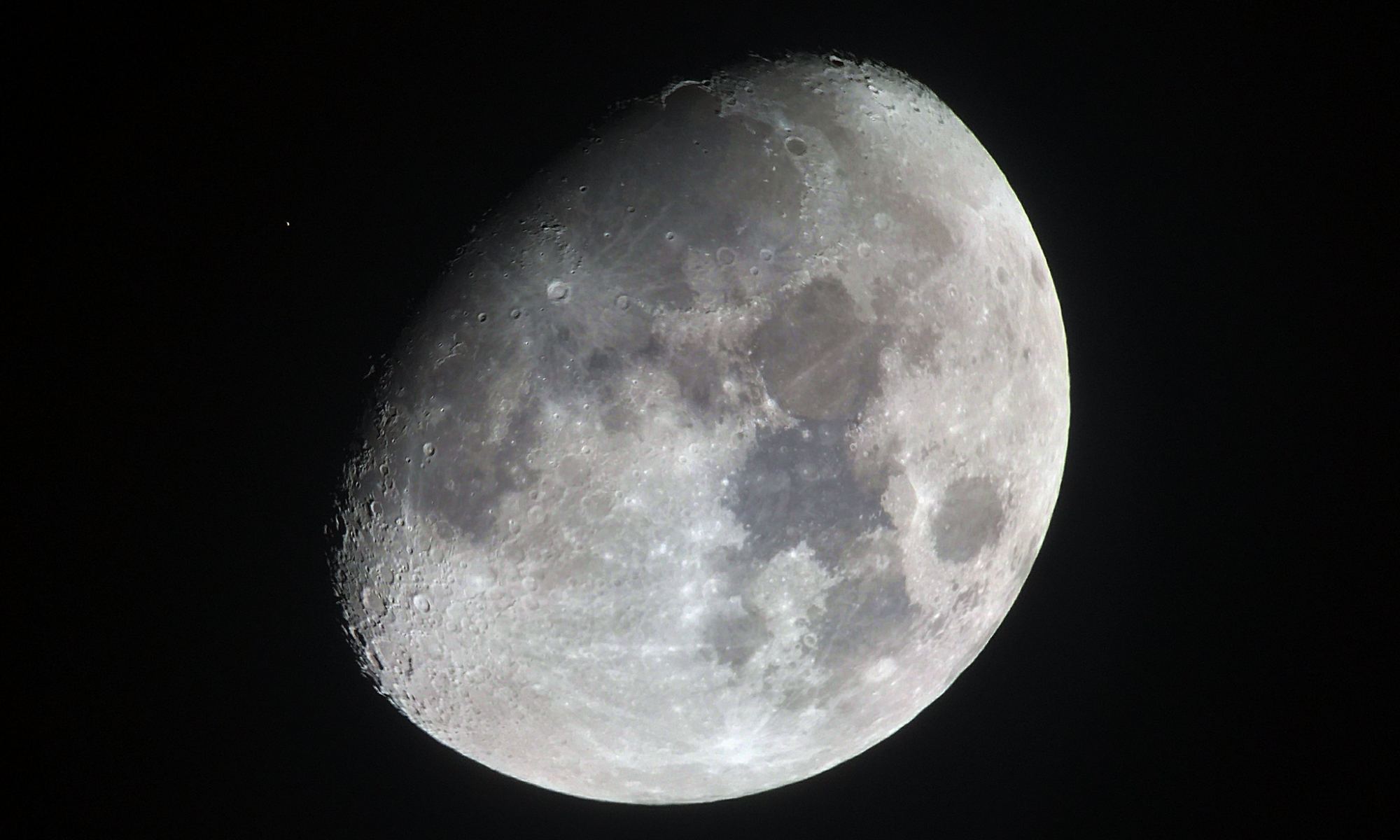A recent study published in The Astrophysical Journal Letters investigates the potential existence of Mars-sized free-floating planets (FFPs)—also known as rogue planets, starless planets, and wandering planets—that could have been captured by our Sun’s gravity long ago and orbit in the outer solar system approximately 1,400 astronomical units (AU) from the Sun. For context, the farthest known planetary body in the solar system is Pluto, which orbits approximately 39 AU from the Sun, and is also part of the Kuiper Belt, which scientists estimate extends as far out as 1,000 AU from the Sun.
Continue reading “How Many Planets Could Be in the Kuiper Belt?”TRAPPIST-1c Isn’t the Exo-Venus We Were Hoping For. But Don’t Blame the Star
A recent study accepted to The Astrophysical Journal uses computer models to investigate why the exoplanet, TRAPPIST-1c, could not possess a thick carbon dioxide (CO2) atmosphere despite it receiving the same amount of solar radiation from its parent star as the planet Venus receives from our Sun, with the latter having a very thick carbon dioxide atmosphere. This study comes after a June 2023 study published in Nature used data from NASA’s James Webb Space Telescope (JWST) to ascertain that TRAPPIST-1c does not possess a carbon dioxide atmosphere. Both studies come as the TRAPPIST-1 system, which is located approximately 41 light-years from Earth and orbits its star in just 2.4 days, has received a lot of attention from the scientific community in the last few years due to the number of confirmed exoplanets within the system and their potential for astrobiology purposes.
Continue reading “TRAPPIST-1c Isn’t the Exo-Venus We Were Hoping For. But Don’t Blame the Star”Organic Molecules Come from the Universe’s Cold Places
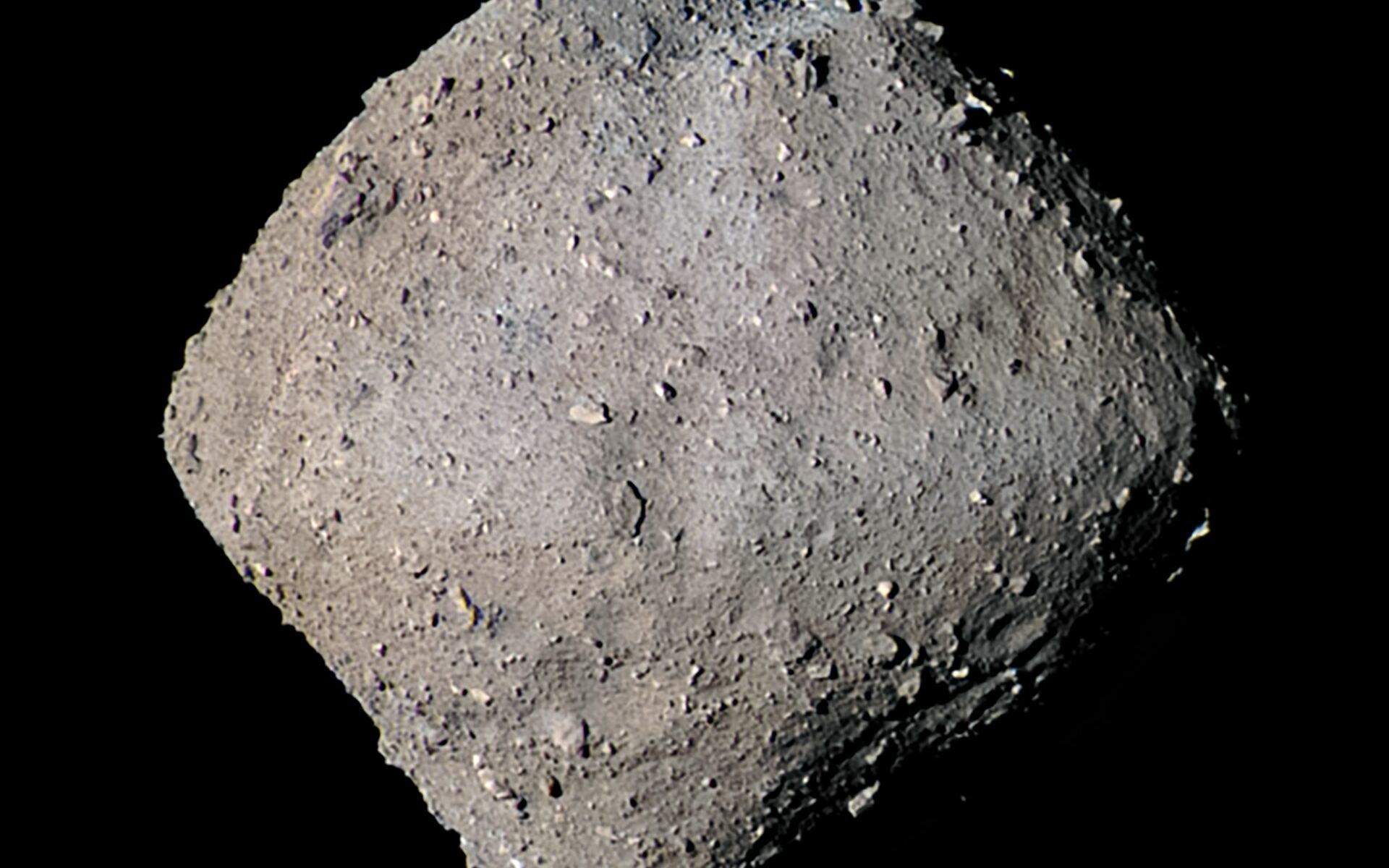
Life, as we all know, is based on chemistry. Prebiotic chemical building blocks existed on our planet for a long time before life arose. Astrobiology and cosmochemistry focus on the formation of those building blocks. They also look at the role each played in creating all the life forms we know today.
Continue reading “Organic Molecules Come from the Universe’s Cold Places”NASA Tests Out 3D-printed Rotating Detonation Rocket Engine!

Looking to the future, NASA is investigating several technologies that will allow it to accomplish some bold objectives. This includes returning to the Moon, creating the infrastructure that will let us stay there, sending the first crewed mission to Mars, exploring the outer Solar System, and more. This is particularly true of propulsion technologies beyond conventional chemical rockets and engines. One promising technology is the Rotating Detonation Engine (RDE), which relies on one or more detonations that continuously travel around an annular channel.
In a recent hot fire test at NASA’s Marshall Space Flight Center in Huntsville, Alabama, the agency achieved a new benchmark in developing RDE technology. On September 27th, engineers successfully tested a 3D-printed rotating detonation rocket engine (RDRE) for 251 seconds, producing more than 2,630 kg (5,800 lbs) of thrust. This sustained burn meets several mission requirements, such as deep-space burns and landing operations. NASA recently shared the footage of the RDRE hot fire test (see below) as it burned continuously on a test stand at NASA Marshall for over four minutes.
Continue reading “NASA Tests Out 3D-printed Rotating Detonation Rocket Engine!”The Early Universe Was Surprisingly Filled With Spiral Galaxies
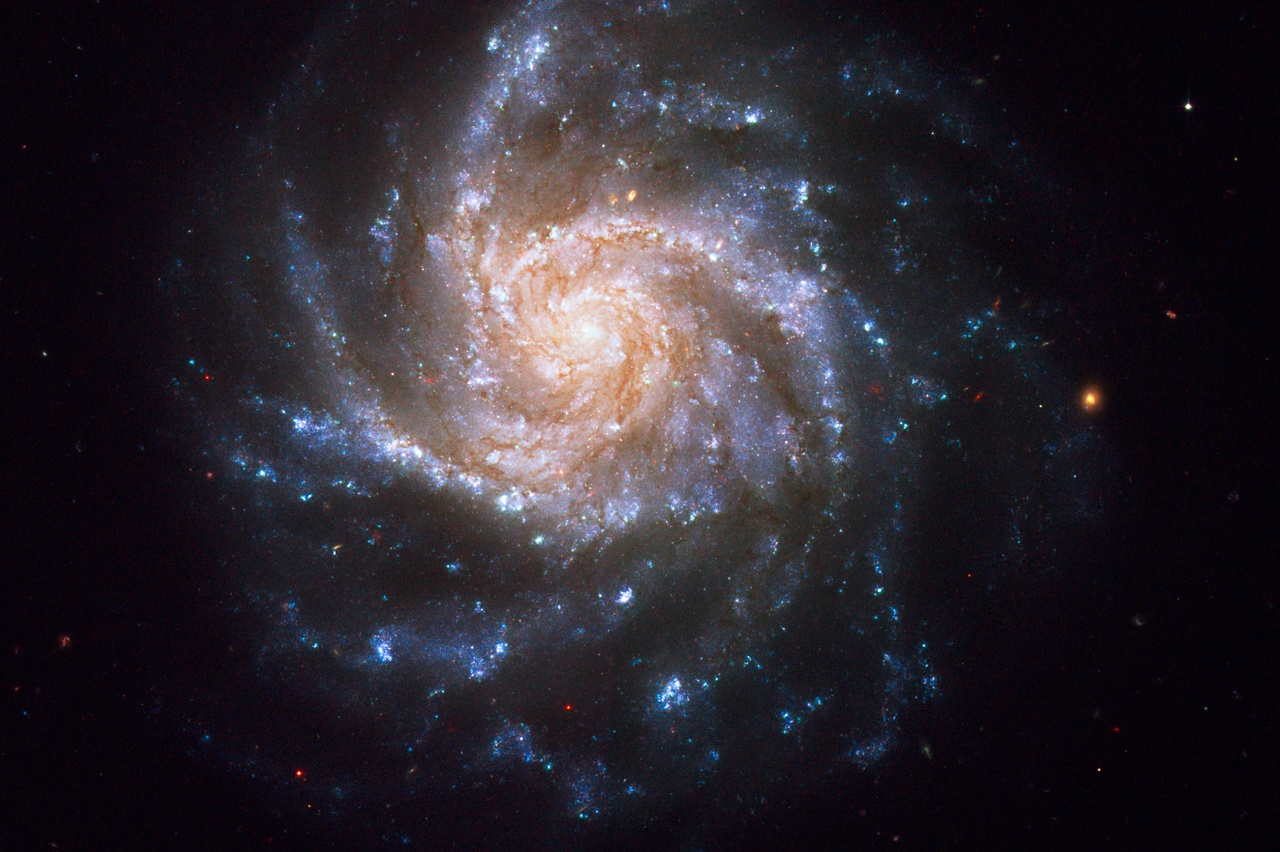
If we could travel far beyond our galaxy, and look back upon the Milky Way, it would be a glorious sight. Luminous spirals stretching from a central core, with dust and nebulae scattered along the spiral edges. When you think about a galaxy, you probably imagine a spiral galaxy like the Milky Way, but spirals make up only about 60% of the galaxies we see. That’s because spiral galaxies only form when smaller galaxies collide and merge over time. Or so we thought, as a new study suggests that isn’t the case.
Continue reading “The Early Universe Was Surprisingly Filled With Spiral Galaxies”Mars is Surprisingly Volcanically Active
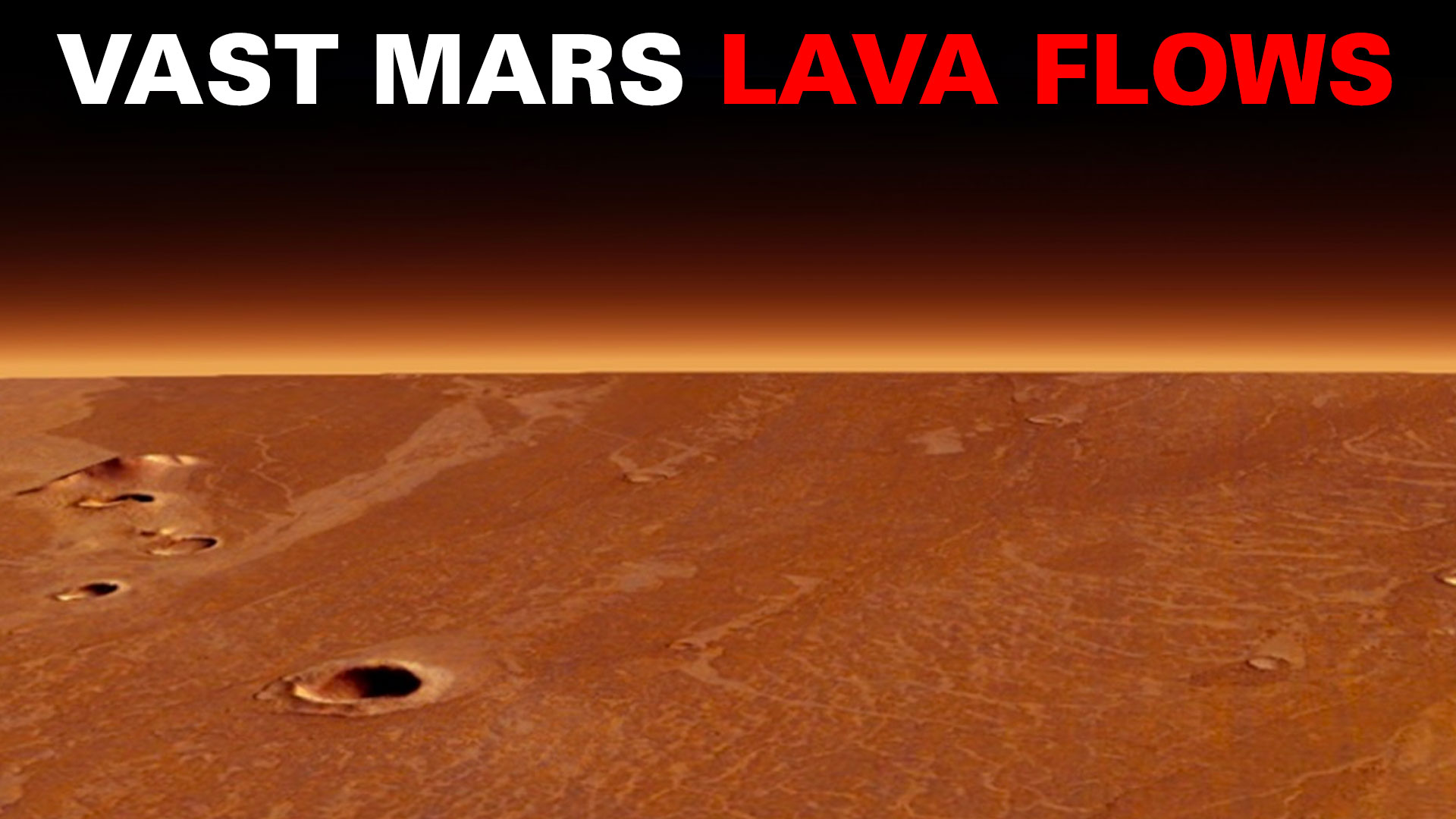
Like many that grew up watching the skies, I have been captivated by the planets. Mars is no exception, with its striking red colour, polar caps and mysterious dark features. Many of the surface features have been driven by ancient volcanic activity but whether any geological activity moulds the terrain today is still subject to scientific debate. A recent study however has revealed that Mars is surprisingly active..even today!
Continue reading “Mars is Surprisingly Volcanically Active”JWST Sets a New Record, Sees Newly Forming Stars in the Triangulum Galaxy
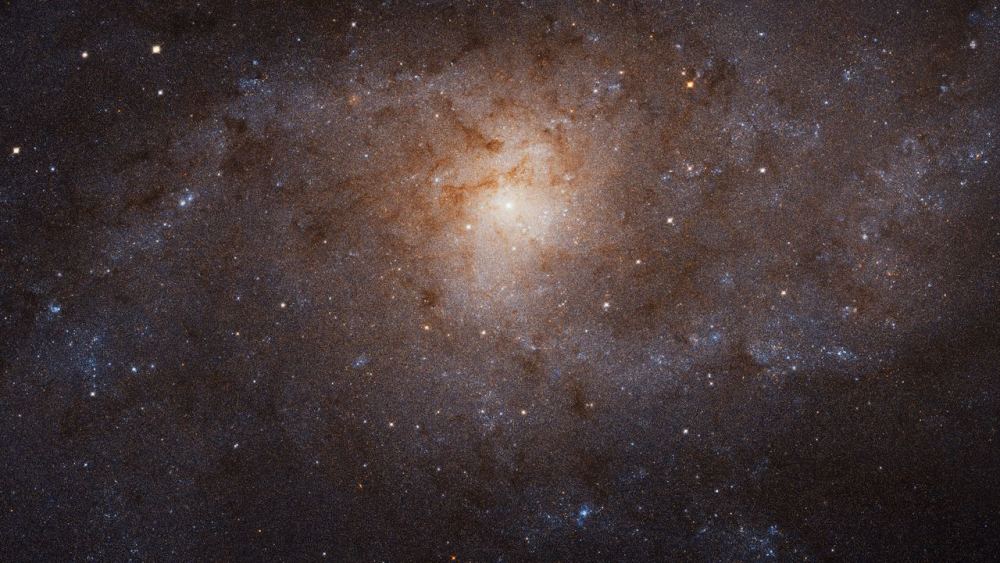
Our Milky Way bristles with giant molecular clouds birthing stars. Based on what we see here, astronomers assume that the process of star creation also goes on similarly in other galaxies. It makes sense since their stars have to form somehow. Now, thanks to JWST, astronomers have spotted baby stellar objects in a galaxy 2.7 million light-years away. That’s millions of light-years more distant than any previous observations of newly forming stars have reached.
Continue reading “JWST Sets a New Record, Sees Newly Forming Stars in the Triangulum Galaxy”Why Quantum Mechanics Defies Physics
The full, weird story of the quantum world is much too large for a single article, but the period from 1905, when Einstein first published his solution to the photoelectric puzzle, to the 1960’s, when a complete, well-tested, rigorous, and insanely complicated quantum theory of the subatomic world finally emerged, is quite the story.
Continue reading “Why Quantum Mechanics Defies Physics”NASA Astronauts are Trying Out the Starship Lunar Elevator
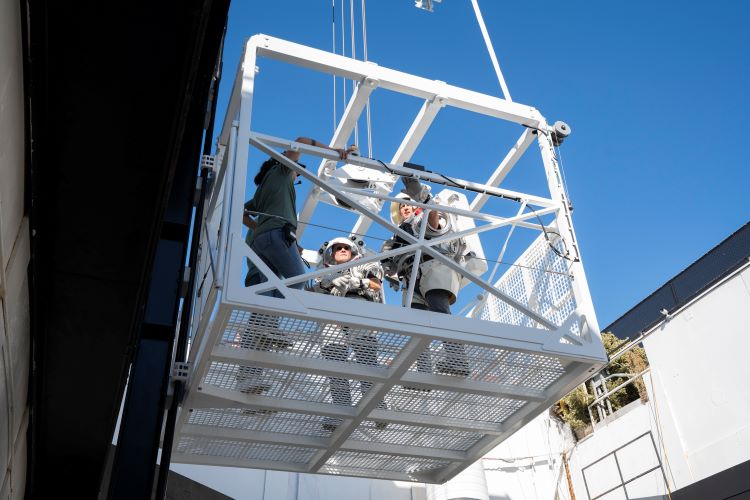
As NASA continues to ramp up efforts for its Artemis program, which has the goal of landing the first woman and person of color on the lunar surface, two NASA astronauts recently conducted training with a replica of SpaceX’s Starship human landing system (HLS), albeit on a much smaller scale. Given that Starship is 50 meters (160 feet) tall, and the crew quarters are located near the top of Starship, the HLS will need an elevator with a basket to transport crew and supplies from the crew quarters down to the surface. The purpose of this training is to familiarize astronauts with all aspects of this system, including elevator and gate controls and latches, along with how the astronauts perform these tasks in their bulky astronaut suits, which both astronauts wore during the training.
Continue reading “NASA Astronauts are Trying Out the Starship Lunar Elevator”We Owe Our Lives to the Moon
Life appeared on Earth through a series of lucky coincidences, and that luck started with our Moon. None of the other planets of the inner solar system have significant moons. Space is lonely around Mercury and Venus. Mars does have two small moons, Phobos and Deimos (Fear and Despair, befitting companions for the God of War), but those are simply captured asteroids, lassoed in the not-too-distant past and doomed to eventually come close enough to their unloving parent to be torn to shreds by gravitational forces.
Continue reading “We Owe Our Lives to the Moon”
